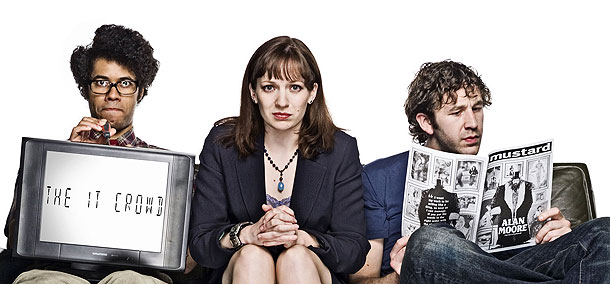Research For Scheduling Questions
State the day, time and channel of each programme.
Who commissioned the programmes?
Bad education- Chris Sussman
Miranda- Cheryl Taylor
Who produced them?
Bad Education-Ben Cavey (BBC)
Miranda-Jo Sargent (BBC)
What audience are they aimed at? Why? Bad Education-it is
aimed at teenagers and young adults because they can relate to most of the incidents
in the programme. Miranda- middle aged adults because they can relate to the
situations e.g. pub/work/home
Why are they on at that time and on that channel? Link to
'type' of comedy and target audience. Bad Education- on BBC because the producer was
hired by the BBC and it is on at 10:00 because of the language used in the
episodes it needs to be on after the watershed. Miranda is on at 8:30 on BBC
one because it is not as rude and BBC 1 has a set target audience which fits
the programme.
Are they on after the watershed? Why? Bad education is on
after the watershed because of the language used in the programme and Miranda
is on before because it isn’t very rude compared.
Know the audience demographic
You must know:
day- Bad Eduaction- Tuesday Miranda- Wednesday
time- Bad Education-10:00 Miranda- 8:30
channel-Both on BBC. Bad Education is on BBC 3 and Miranda
is on BBC 1








